Hopefully, by the time this article is published, dozens of Wildcats have already begun the screening process to see if they get to be the one to save Zoe Schumacher from the suffering of dialysis. On Aug. 30, The Collegian’s front page showed this young woman starting out in life with a tremendous need — one healthy kidney.
The article struck me in a peculiar way, because I had already pledged my kidney to a specific person. On Sept. 17, on excused absence from my classes, I underwent a left-side nephroureterectomy (removal of the kidney + ureter) in hopes of liberating a Marine veteran, husband and father from a bleak future on dialysis. However, I am not a match for the Marine; this was part of what is called a paired swap. My actual kidney was flown to an unknown recipient in the Pacific Northwest. What the Marine gets from me is a one-for-one voucher that will enable him to get a transplant in the very near future.
What does this mean for you, my reader? You do not have to be a match for Zoe to help her. You just need to be physically and mentally healthy enough to give to someone you match with on the waitlist. Then, you designate your voucher recipient. Supposing Zoe gets her new kidney by the time you have completed screening, you can still proceed forward and altruistically donate to someone who is desperately waiting. Just a little digging on social media will yield many people to choose from — maybe even someone you know.
I’m an idealist; I am in college because I believe positive social change is possible. I believe that the generations alive today can solve the national organ shortage crisis. There are approximately 100,000 Americans awaiting kidney transplants, according to the Meredith Haga Foundation. About 17 of them die each day waiting.
I want to explain how 100,000 is not so daunting a number. Transplant Journal says at least 20% of people in survey samples professed that they would be willing to give a kidney to a stranger in need. There are over 20 million Americans in just my age group of 30-34. Therefore, 1% of my age group could supply the entire kidney waitlist twice over. Notice how much wiggle room that leaves for people who may be screened out or may change their minds. Now open this up to donation-eligible aged 18 and up. What a vast discrepancy, between the rate of willingness and the rate of actual donation! I believe the reason for the discrepancy is primarily lack of awareness.
As a university campus, we host blood drives pretty often. People generally know how safe it is and how helpful it is to give a pint of blood. Many Americans set aside time to do it, and they are none the worse off afterward. This is how we can start thinking of living kidney donation. Having given my kidney less than a week ago, at the time of writing I am just past the worst of the recovery process. I am here to tell you it’s not that big of a deal. It’s a very safe procedure. The pain is not as bad as you might expect. The advancement of laparoscopic technology has minimized the invasiveness of the operation. We can normalize living kidney donation through awareness of, honestly, how easy it is. Employers and schools alike are compelled by law and policy to accommodate a living donor’s convalescence. Nonprofit organizations will cover your expenses so that your finances are not hit.
Over the course of our lives, we can all more or less expect to endure surgeries and recovery pain. There are all sorts of “-ectomies” people need for their own health. We can each think of a person in our lives who has undergone a joint replacement, a bypass, etc. I had two surgeries for my own needs, and they were horrible. One of my closest friends had to have his chest sawn wide open to save his heart. He fully recovered from it! In this context, I feel overwhelmingly blessed to be able to undergo a far less terrifying procedure for the benefit of someone other than myself. Truly with medical matters, it is more blessed to give than to receive.
All major religions allow for, if not encourage, organ transplantation. Even Jehovah’s Witnesses, who forbid blood transfusion, permit organ donation and transplantation. As a Christian myself, one verse was at the forefront in my mind during the process: John the Baptist said, “He that hath two coats, let him impart to him that hath none …” When I had both of my kidneys, the application of this verse for my life was all too clear.
In a healthy individual, two kidneys supply four times the necessary functionality to live a normal life. The math is easy. One healthy kidney equals double what you really need. I am not worried about my future with a solo kidney. It will also grow a bit to take over for the missing one. I will probably steer away from mixed martial arts just to be safe, but aside from that, my lifestyle does not need to change. I will still drink alcohol within reason and continue to eat all the foods I like without concern. Policy dictates living donors have top priority on the list in the unlikely event we ever need a kidney transplant ourselves.
When people in my life learn that I donated a kidney, the primary response is admiration of my “selfless sacrifice.” I want to try to shift that paradigm for people. I feel that this has been a net good for me; a tremendous win-win. Rather than a sacrifice, it is a once-in-a-lifetime adventure. I passed the most thorough medical examination imaginable, at no cost to myself. I got to be part of a technological marvel that has only become possible within the last 100 years. In my mind, having one of my vital organs functioning in someone else’s body is no less sublime than if I were to summit Everest or take one small step on the moon.
In my lifetime, I want to see living donation reach vogue status. Instead of thinking “why would someone do that?” I want people to start thinking “what keeps me from doing that?”
What other choice is available to us which so powerfully transcends all controversy? There is no political, religious, or class division about it. There is no worry of looking back on the decision as having been misguided.
When I was maybe 12 or 13 years old, I climbed up a tree, and with a pocketknife I carved into the bark “I WANT TO SAVE A LIFE.” My Boy’s Life Scouts in Action stories had me dreaming of a chance to daringly rescue a person from death. I would go on to join the military, certify as a lifeguard, and give over 50 units of blood in the spirit of that dream. What took me so long to realize I could actually save a human being with my spare kidney? I struggle to answer this question. I knew living donations occurred. Perhaps I just didn’t realize the opportunity was there for me personally. I never knew of anybody who needed one, and the rigors of dialysis were remote from me. I think I always had the charity in my heart to do it, but it was latent within me. Then my catalyst came when I watched Ned Brooks’ TED talk about when he gave away his kidney. He spoke of a wave of realization that came over him while listening to a podcast, comparing it to being struck by lighting. With that, it was all over for me. Rather than a bolt of lighting, it was more like the feeling of Uncle Sam’s finger poking into my sternum with the words “I want you.” At whom does Uncle Sam point? When you feel it in your chest, you know.
If that’s you, call Zoe’s KU Med Living Donor Nurse at 913-588-0266.






































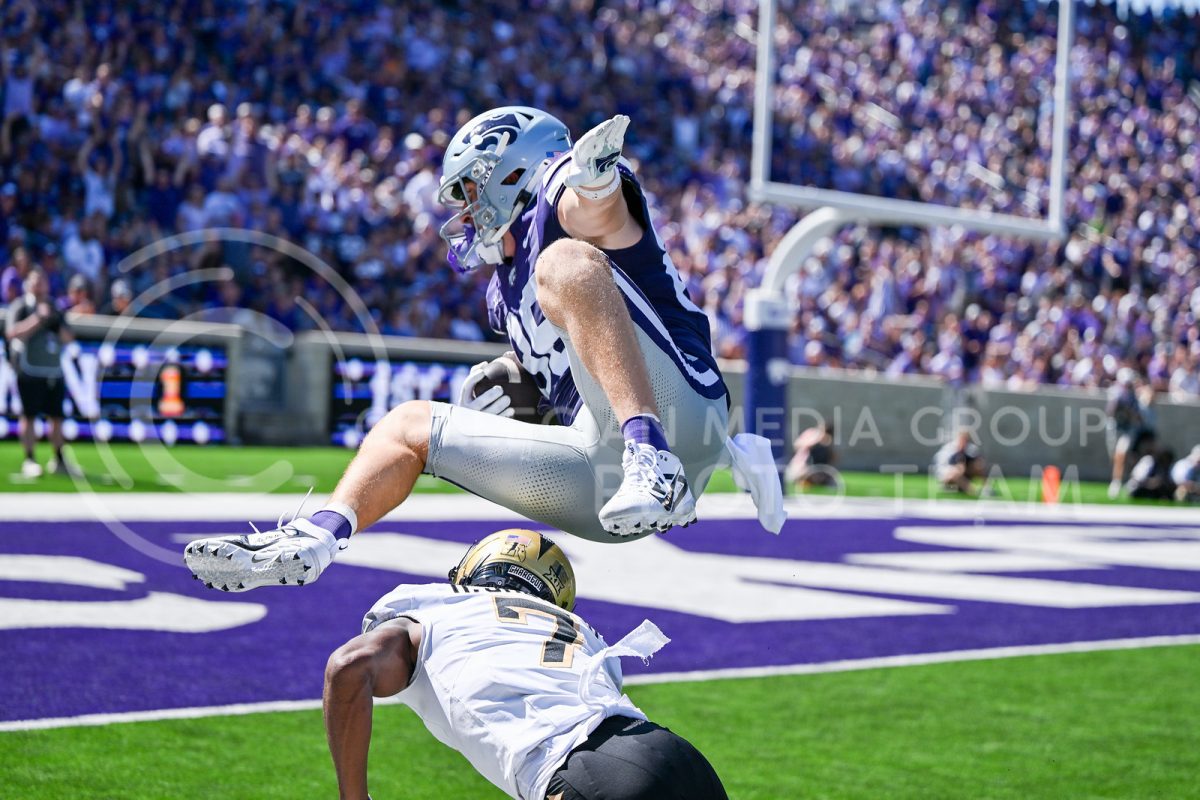
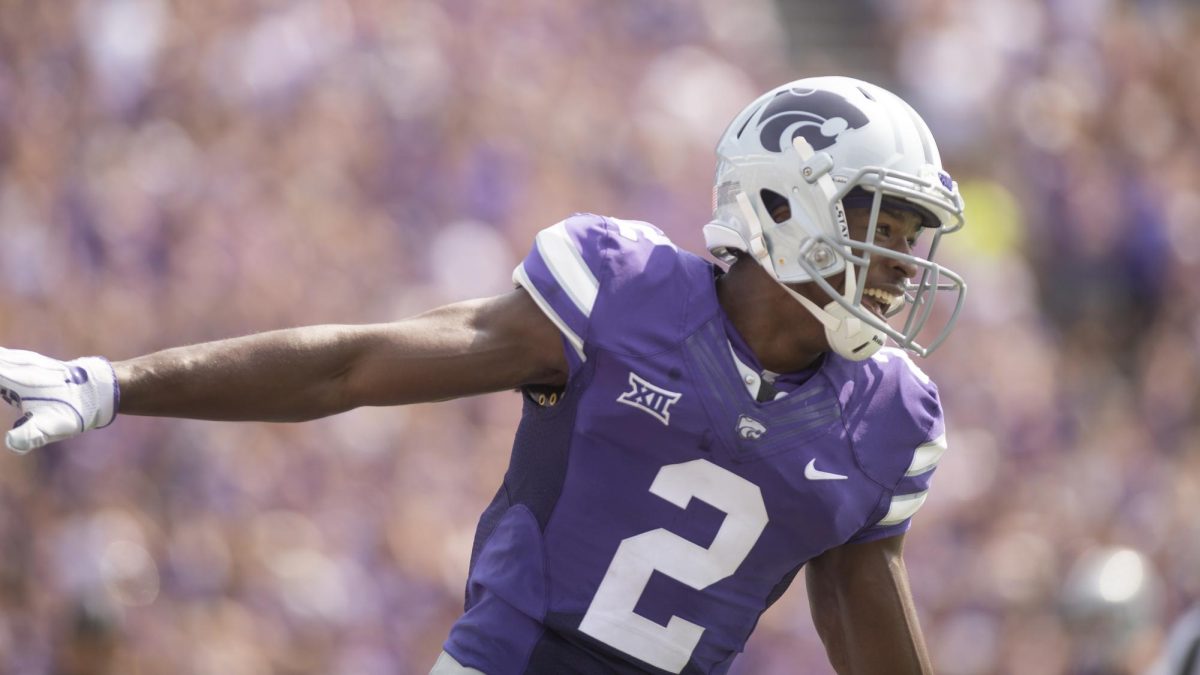
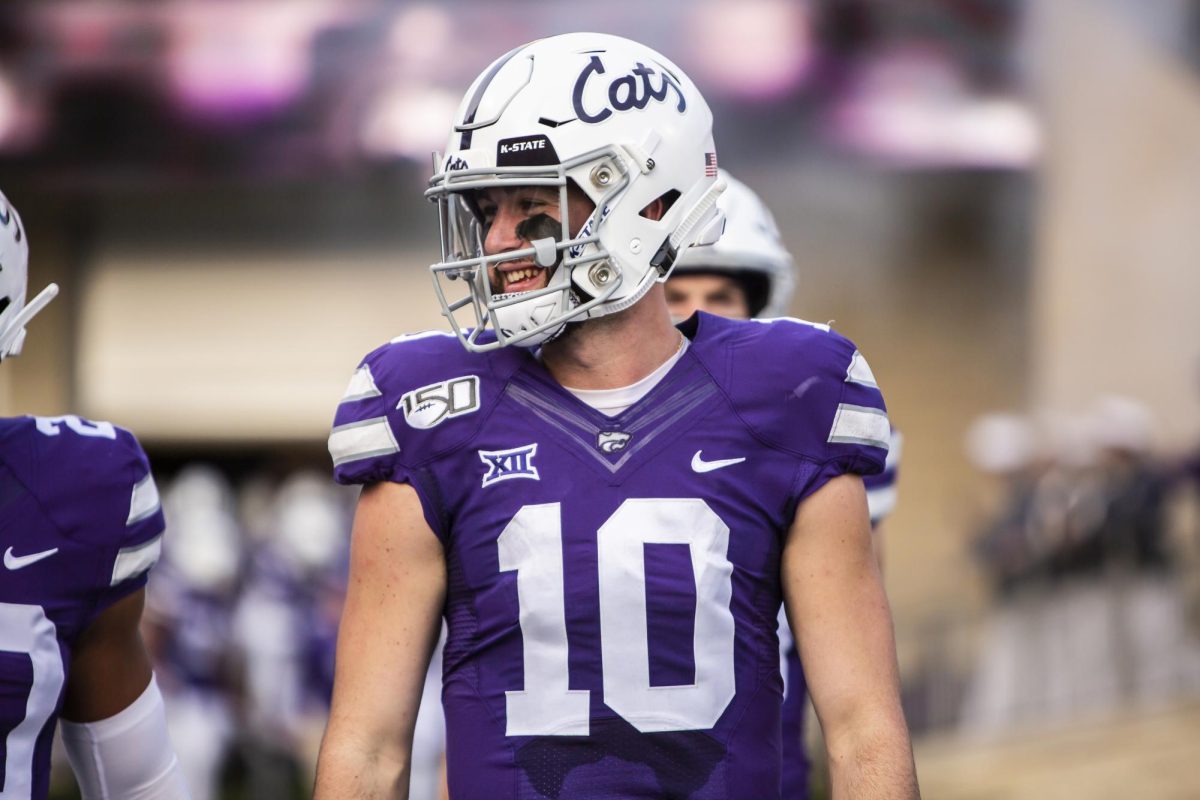




























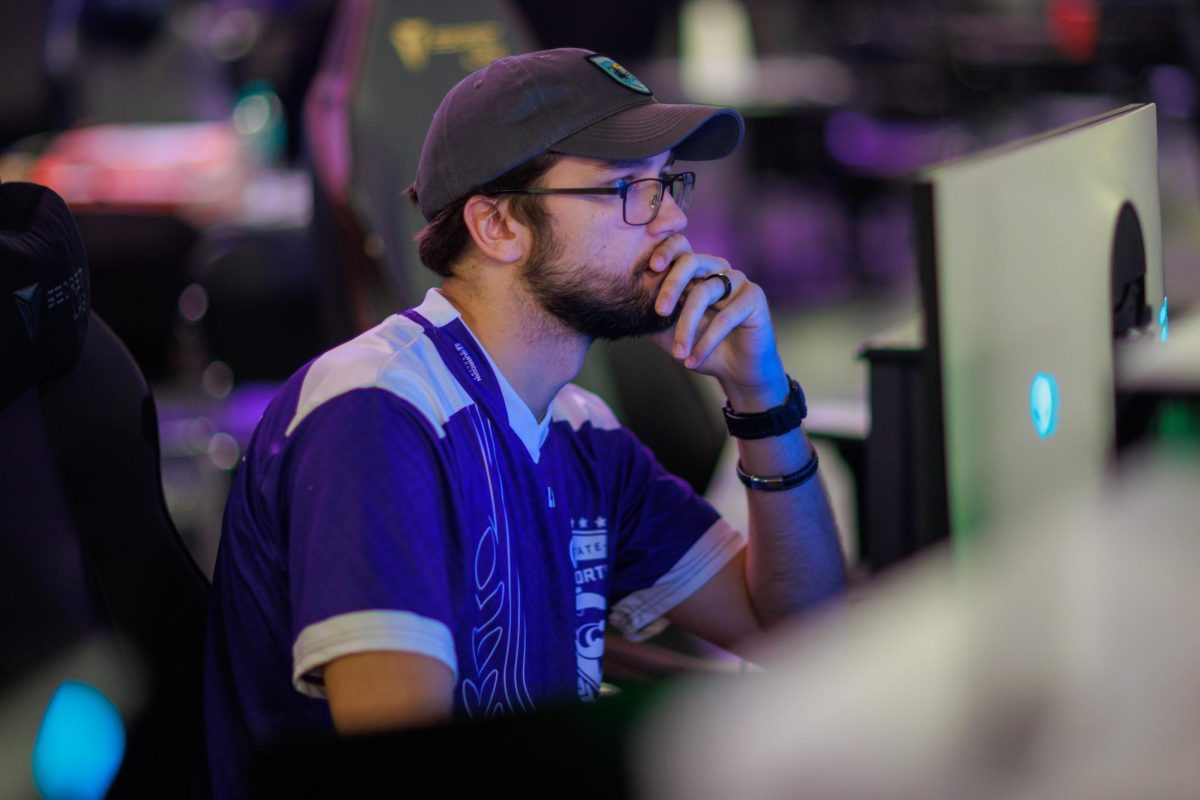

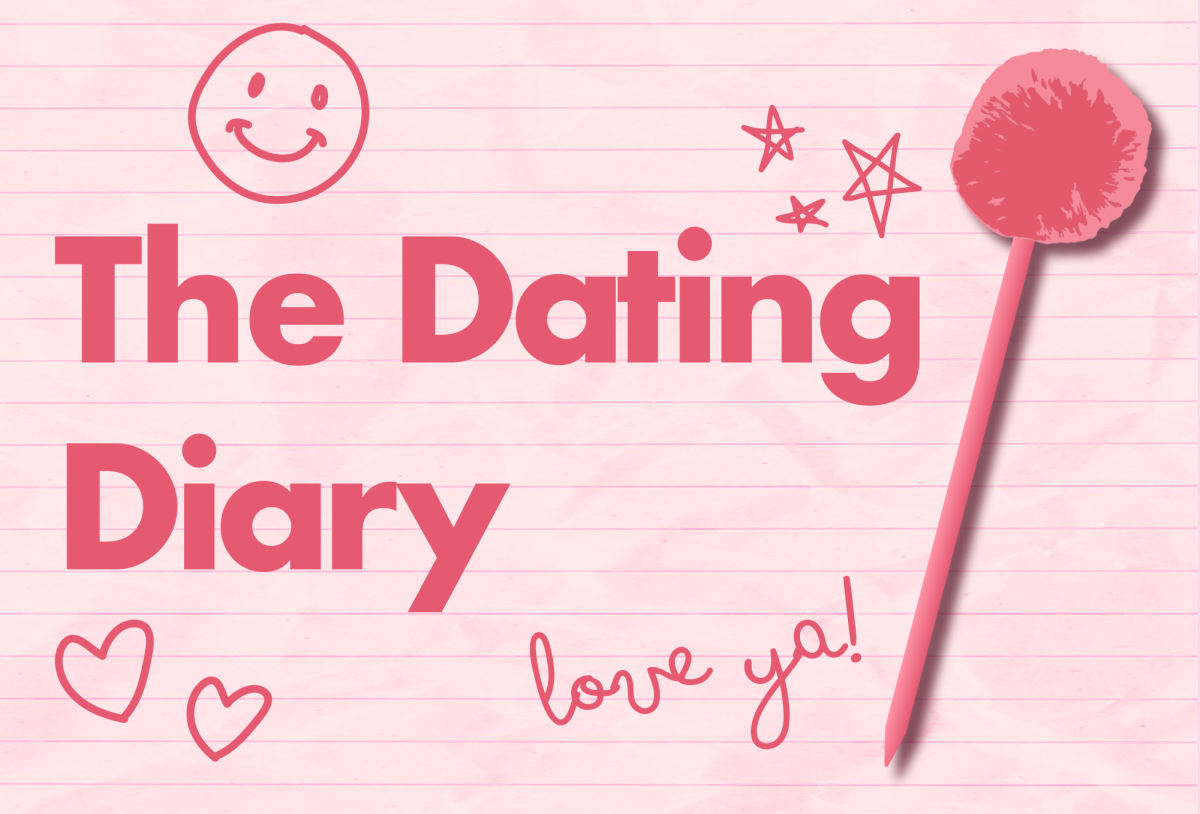













































Tim Schumacher • Nov 1, 2024 at 8:05 am
Ian, thank you so much for your support of Zoe and your sacrifice for other human beings. It means the world to people.
Melissa Schumacher • Oct 31, 2024 at 6:07 pm
Thank you so much, Ian, for writing this and sharing your story!! We, Zoe’s family, appreciate this so much!!!
Melissa Schumacher